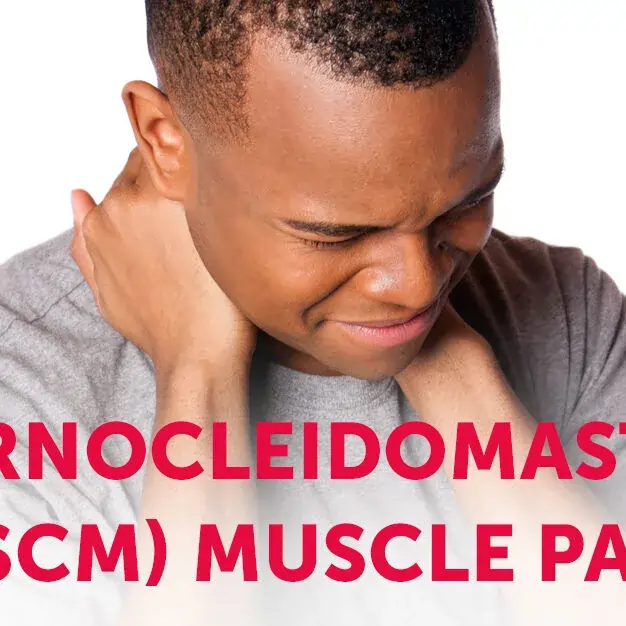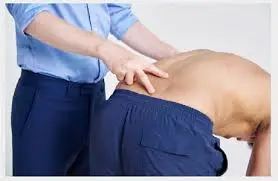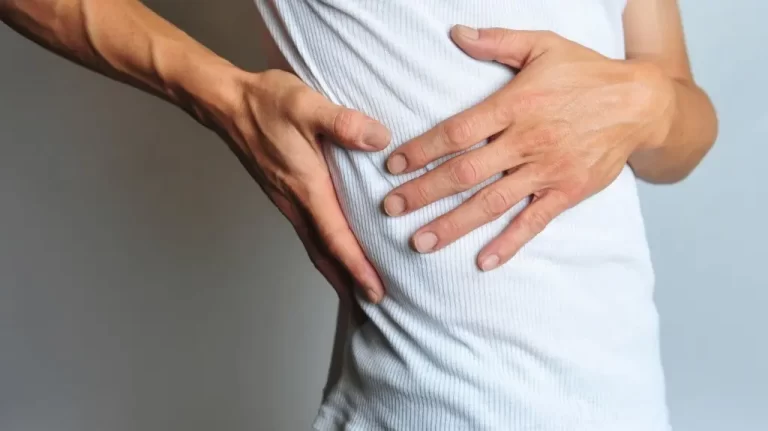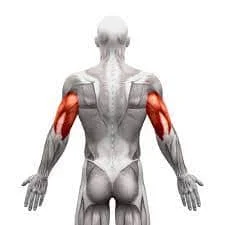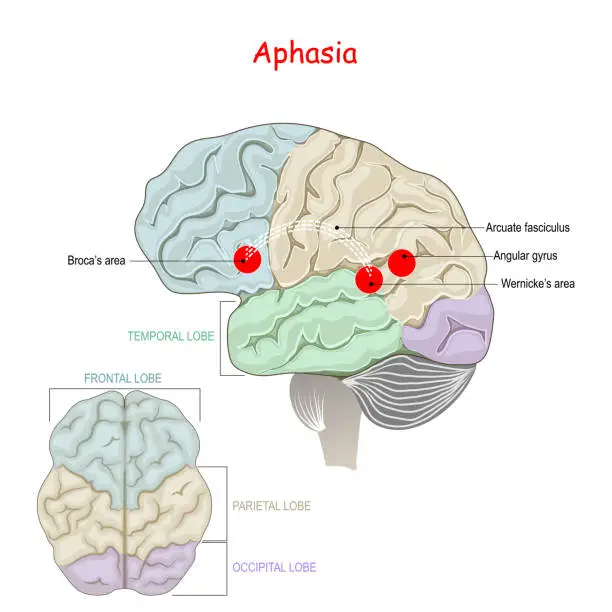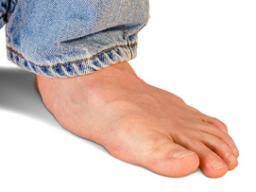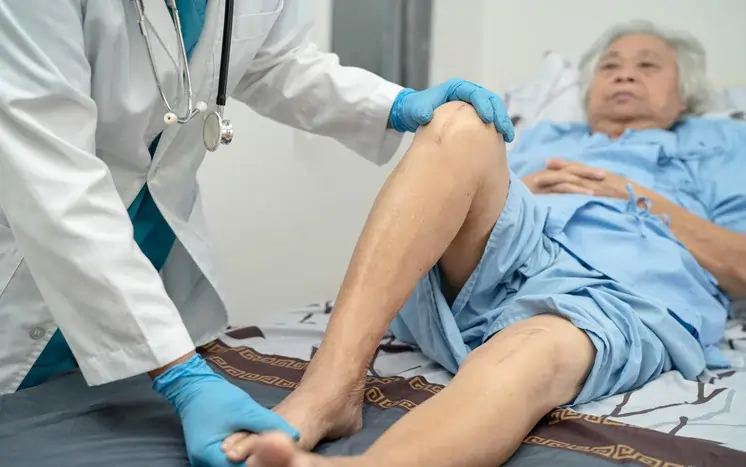Sternocleidomastoid Muscle Pain
What is the sternocleidomastoid?
Sternocleidomastoid muscle pain refers to discomfort or tension in the large, paired muscles running along the sides of the neck, connecting the skull to the collarbone and sternum.
The sternocleidomastoid is located only beneath the skin rather than deep into the neck. The sternocleidomastoid aids in the head’s equilibrium and movement. When a person moves their head from side to side, the muscle is apparent. It also contributes to the head and neck’s extension, inclination, and rotation.
This muscle might become irritated by any problems that impact posture and head position because of its crucial function in supporting the head. Head trauma, including impacts on the head and sudden head movements, can also result in pain and injury.
What is the sternocleidomastoid Pain?
The term “sternocleidomastoid” (SCM) muscle pain describes soreness or pain in one of the neck’s main muscles. It is essential for head mobility since it aids in neck flexion, tilt, and rotation. Headaches, stiffness, and pain when turning the head are some of the signs of pain in this muscle, which can be caused by strain, bad posture, tension, or injury.
Causes of sternocleidomastoid Pain?
The majority of persons who experience sternocleidomastoid pain do so gradually as a result of a variety of lifestyle problems. This muscle may eventually become inflamed and uncomfortable if it must support the head in an unnatural position.
The following are a few causes of sternocleidomastoid pain:
- Poor posture, such as spending long days bent over a computer or straining their neck to reach objects in the yard, or carrying anything heavy, such as a child or bag, in an awkward position
- A painful neck position caused by an unusual workstation arrangement;
- sleeping awkwardly or on an uncomfortable pillow.
Other causes of sternocleidomastoid pain are less common. Among them are:
- Trauma: Neck muscles can sustain strains, sprains, and other injuries as a result of falls, blows to the side of the neck, and auto accidents.
- Arthritis: Referred pain in the sternocleidomastoid can be caused by arthritis in the spine. Additionally, it might lead someone to alter their head movements or posture, which raises the possibility of harm.
- Trigger points in the muscles are the cause of myofascial pain syndrome, a form of muscle pain. When stimulating these trigger points, a person may experience pain that radiates to other places. The majority of myofascial pain sufferers get symptoms after an injury or as a result of long-term lifestyle problems including poor posture.
Symptoms of sternocleidomastoid Pain?
People who have a sternocleidomastoid injury typically don’t experience any pain where the injury is. Symptoms could consist of:
- Ear pain that is inexplicable and manifests as stiffness, aching, or a feeling of fullness in the face or front of the head
- pain around or around the eyes
- lightheadedness
- headaches,
- including migraine-like headaches,
- nausea,
- throat pain when swallowing
- Neck stiffness,
- sinus or nose pain,
- tingling in the face, head, or neck.
Diagnosis of sternocleidomastoid Pain?
In order to diagnose a sternocleidomastoid injury, a physician will first inquire about the patient’s symptoms, recent medical history, and activities. Because injuries to this muscle can cause a wide range of seemingly unrelated symptoms, it is crucial to report all symptoms to the doctor, even if they don’t seem linked.
Following a physical examination, the doctor will ask the patient to make voluntary movements. These could indicate muscle soreness or stiffness caused by poor posture, persistent muscle weakness, or lifting large objects.
To obtain a detailed image of the muscles and surrounding structures, the doctor may need to perform imaging scans. While an X-ray can rule out broken bones, an ultrasound can assist in diagnosing sternocleidomastoid injuries.
Treatment of sternocleidomastoid Pain?
The type and source of the damage determine which of the several potential therapies is appropriate for sternocleidomastoid pain. Among the potential therapeutic modalities are:
- Changes in lifestyle: If sternocleidomastoid pain is caused by poor posture or lifting heavy objects, treating this problem can stop the pain from getting worse.
- Pain management: Nonsteroidal anti-inflammatory medications, heat, ice, and rest may all help lessen pain.
- Physical treatment: Physical therapy can assist an individual in regaining head and neck strength. Chronic injury prevention is another benefit.
- Surgery: Surgery may be necessary if all other therapies are unsuccessful, particularly if the sternocleidomastoid breaks or ruptures.
- Chiropractic care: For some patients, chiropractic care is one of the complementary therapies that can help them feel less pain.
Exercises of sternocleidomastoid Pain.
Neck stiffness can be lessened and strength restored with mild stretches and exercises. Prior to exercising, it is crucial to consult a physician or physical therapist. Certain workouts might exacerbate the injury, particularly if the proper technique is not used.
The following exercisesTrusted Source may assist with neck pain:
- Cervical flexion and extension: Tilt your head slowly forward and backward while seated erect in a chair. To prevent further strain, repeat this action multiple times while maintaining a steady motion.
- Cervical side flexion: Cervical side flexion involves progressively tilting the head to one side and then the other while sitting up straight in a chair. Control your movement and repeat it.
- Cervical rotation: Rotate your head slowly to one side and then the other while sitting up straight in a chair. Only turn the head as far as it feels comfortable as you repeat this motion multiple times.
Summary
Because the symptoms of a sternocleidomastoid injury usually spread to the head and face, a person may not notice it.
Many times, patients may believe they have an ear infection, a migraine, an eye condition, or some other unrelated problem. Therefore, it’s critical to consult a physician if you have any unexplained health symptoms. Usually, sternocleidomastoid pain resolves with the right care.
FAQs
Where is the pain in the sternocleidomastoid?
There are several ways that SCM pain can manifest. It’s possible that your upper back, shoulders, or neck are particularly sensitive to pressure or contact. Pain that is dull and aching may be accompanied by pressure or tightness.
What causes the pain in the sternocleidomastoid?
Sternocleidomastoid Pain Causes
Bad posture: Maintaining bad posture can overstretch your neck muscles and result in SCM pain, particularly while using a computer or staring at a phone for extended periods of time.
How can sternocleidomastoid pain be reduced?
Alternating between heat and ice helps some people. Physical treatment: Physical therapy can assist an individual in regaining head and neck strength. Chronic injury prevention is another benefit. Surgery may be necessary if all other therapies are unsuccessful, particularly if the sternocleidomastoid breaks or ruptures.
Is massaging the SCM muscle safe?
You may have soreness or sensitivity in the SCM muscle, as well as behind and around the eye if you self-massage it. Muscle soreness and pain sent by the SCM suggest that a massage is necessary to relax the muscle.
Which exercises are effective for the sternocleidomastoid?
One excellent sternocleidomastoid (SCM) stretch to begin with is the seated neck stretch. No matter your level of fitness, it’s straightforward and easy to do.
What is the duration of SCM pain?
Dizziness, soreness in the throat when swallowing, jerking of the left eyelid, and excessive lacrimation on the same side were frequently experienced in conjunction with these facial feelings. According to her, these symptoms occur three to twelve times a week and are sporadic, lasting anywhere from a few minutes to several hours at a time.
What causes pain in the sternocleidomastoid?
SCM trigger points
There are typically four TPs in the sternal head of SCM, which can cause problems such as ptosis, impaired vision, sinus headaches, and transferred pain patterns. More superficial in nature, the referred pain pattern causes pain in the occiput, neck, eye, sinus, cheek, and eyebrow.
Why does the sternocleidomastoid muscle hurt?
Repetitive motions: Even if you don’t strain your neck, moving it in the same way over and over again might cause tension. Bad posture: Maintaining bad posture can overstretch your neck muscles and result in SCM pain, particularly while using a computer or staring at a phone for extended periods of time.
How may sternocleidomastoid pain be lessened?
Alternating between heat and ice helps some people. Physical treatment: Physical therapy can assist an individual in regaining head and neck strength. Chronic injury prevention is another benefit. Surgery may be necessary if all other therapies are unsuccessful, particularly if the sternocleidomastoid breaks or ruptures.
References
- Villines, Z. (2023, December 18). What to know about pain behind the ear and down the neck and shoulder (sternocleidomastoid pain). https://www.medicalnewstoday.com/articles/sternocleidomastoid-pain
- Missaghi, B. (2004, September 1). Sternocleidomastoid syndrome: a case study. https://pmc.ncbi.nlm.nih.gov/articles/PMC1769463/
- Ocs, T. P. D. (2024, August 7). Sternocleidomastoid Pain: Exploring Potential Causes and Relief Strategies. Verywell Health. https://www.verywellhealth.com/sternocleidomastoid-pain-8650847

